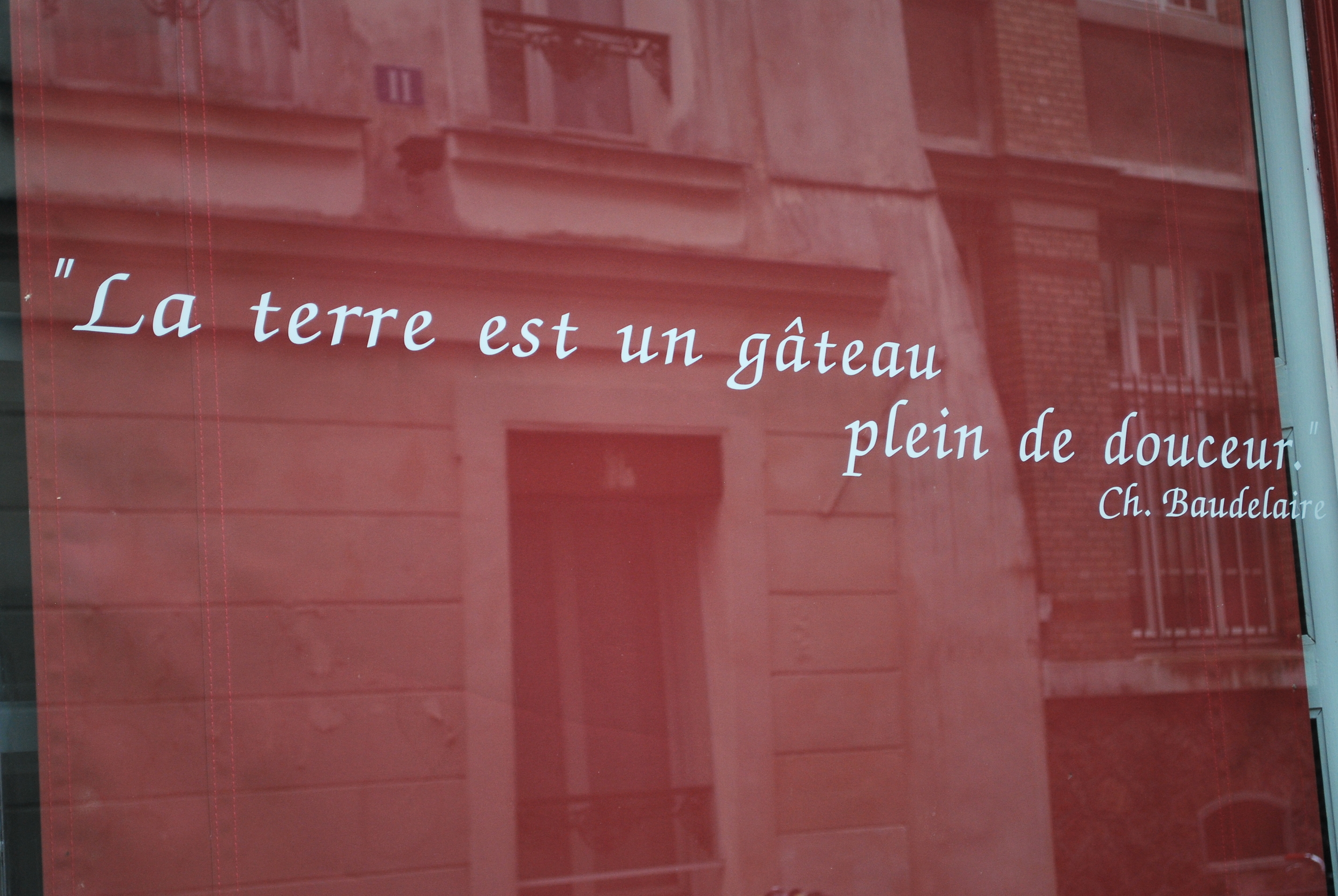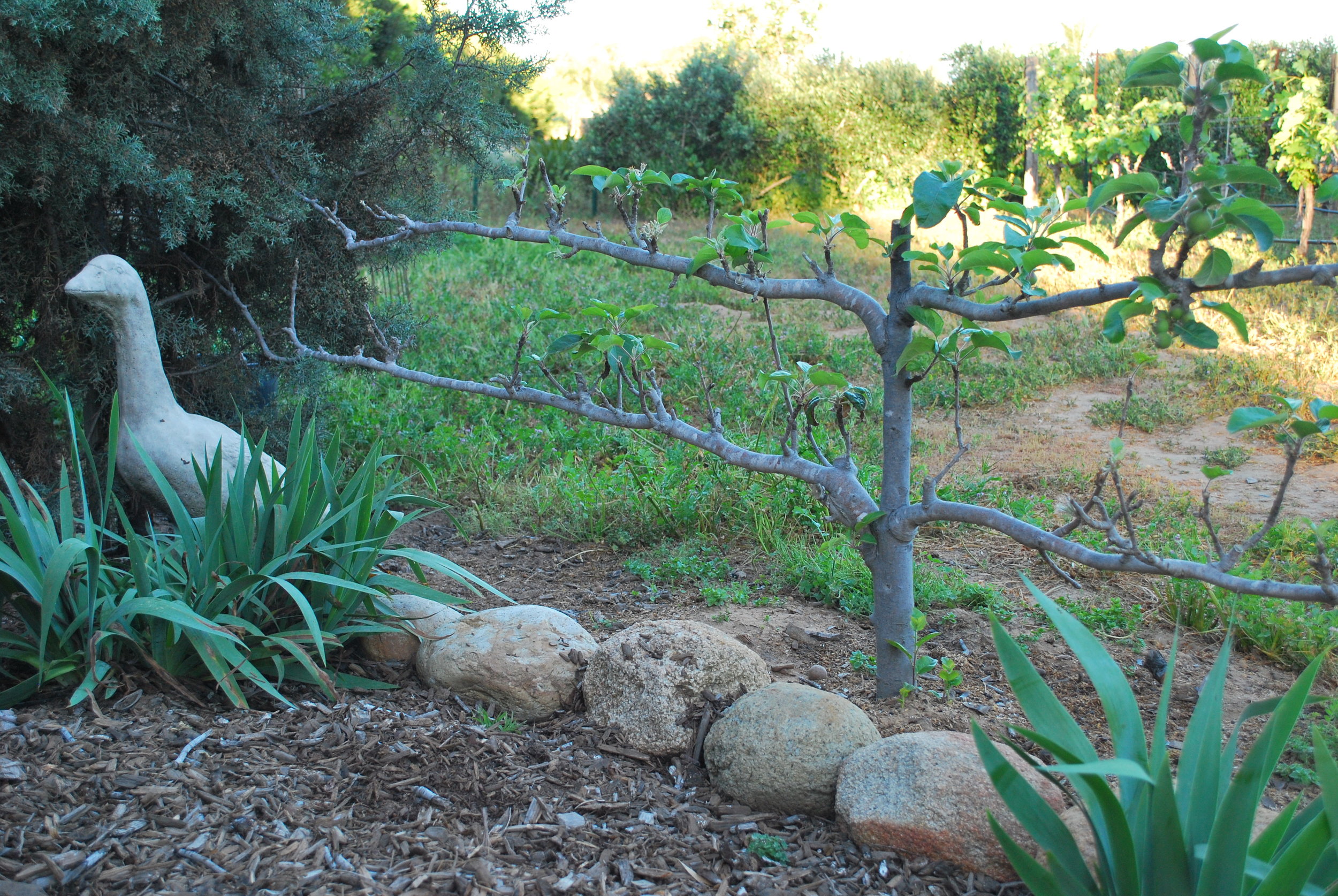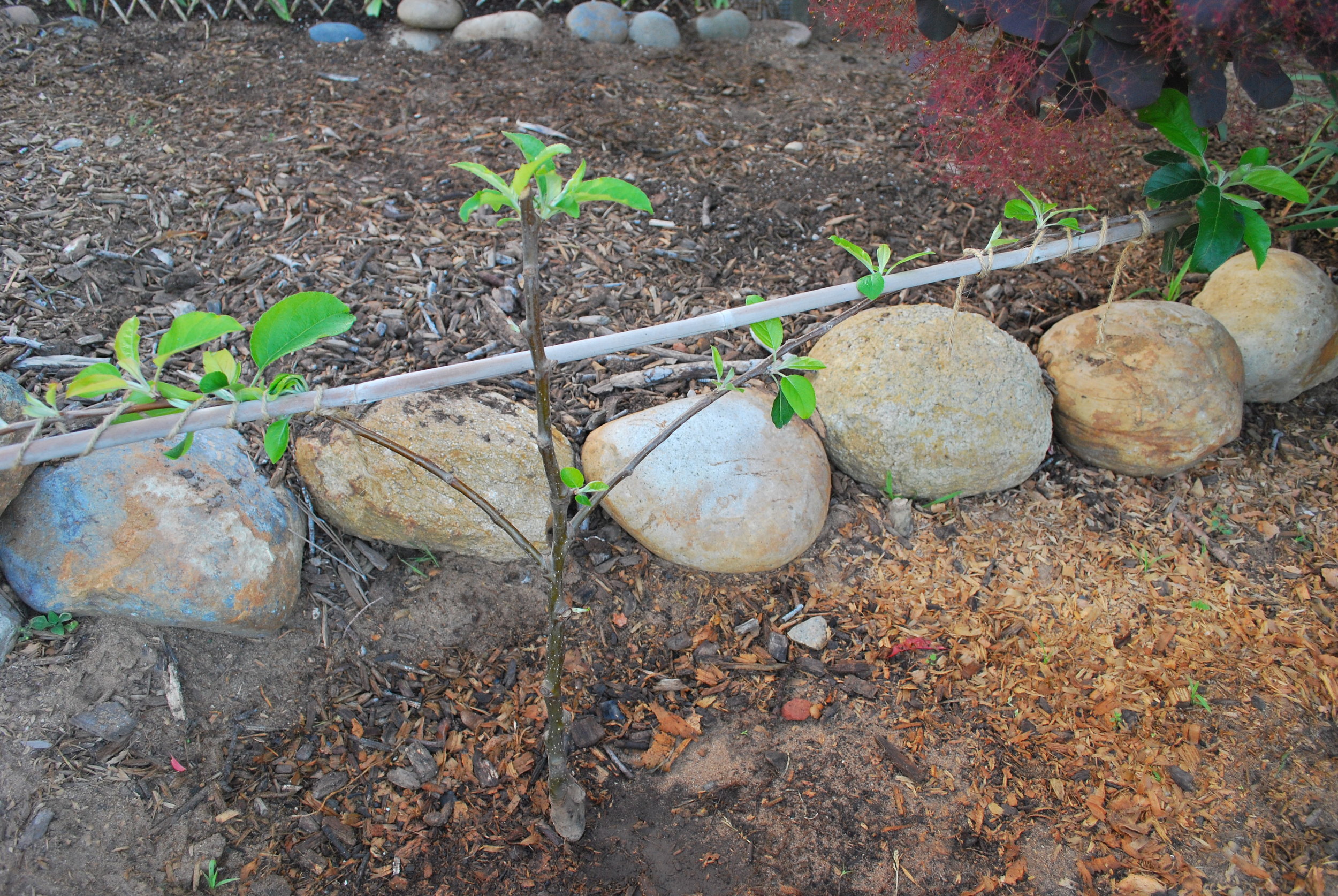Farmgirl Flower Bouquets With Flower Fields As Backdrop
The setting at host family farm, Kendall Farms in Fallbrook, California, couldn't have been prettier for the "Field to Vase" dinner, second to the last of what has been a whirlwind 10-city dinner tour across the country promoting American-Grown flowers.
Each dinner has been beautifully orchestrated and it is the ultimate in "al fresco" dining featuring a four-course "farm to table" dinner, locally grown and made wines, and a special floral designer to highlight the host farm's flowers. Guests are encouraged to mingle with the host flower farmers, featured flower designer, and farm-to-table chef. Goodwill Flower Ambassadors, Kasey Cronquist of Certified American Grown, and Debra Prinzing, Founder of the SLOW FLOWERS movement are present to speak about the evening's event and carry the torch for the growing movement to support and buy American-Grown flowers from your local flower farmers.
Even the Tractor Was Dressed for the Occasion
I'm sure not many of the 144 guests who attended knew what was in store for them as they were guided on meandering dirt roads that twisted higher and higher and eventually came to an open expansive area where the event was held. One continuous table was set in a half circle to take advantage of the postcard-perfect vista and the surrounding landscape of various flowers such as wax flower, sunflowers, myrtle, and silver dollar eucalyptus.
Jason Kendall gave the dinner group a brief history of the farm and tour before dinner commenced. Being a farmer is never easy, and there have been some setbacks such as the 2008 Rice Fire which burned a majority of the farm. What did they do, turned "lemons into lemonade" and the farm has comeback stronger and is thriving. Kendall Farms was Jason's father, Dave Kendall's dream, and the family has embraced his dream. Jason Kendall and his cousin, Troy Conner, are savvy flower farmers in what they grow, how they market, how they build their infrastructure. It was a joy to share this evening with them, and experience first-hand their fortitude, ingenuity, and beauty of their flowers.
Evening Glow Over the Table
Floral Designer for this event was Christina Stembel of Farmgirl Flowers. Chef was Richard Bustos of Heart of the House Catering for Appetizers, Salad, Entree, and Side. Robin McCoy of Robins Nest Desserts, made the Chocolate Torte accompanied with an infused Rosemary Ganache. Fallbrook Winery served their tasty local wines.












